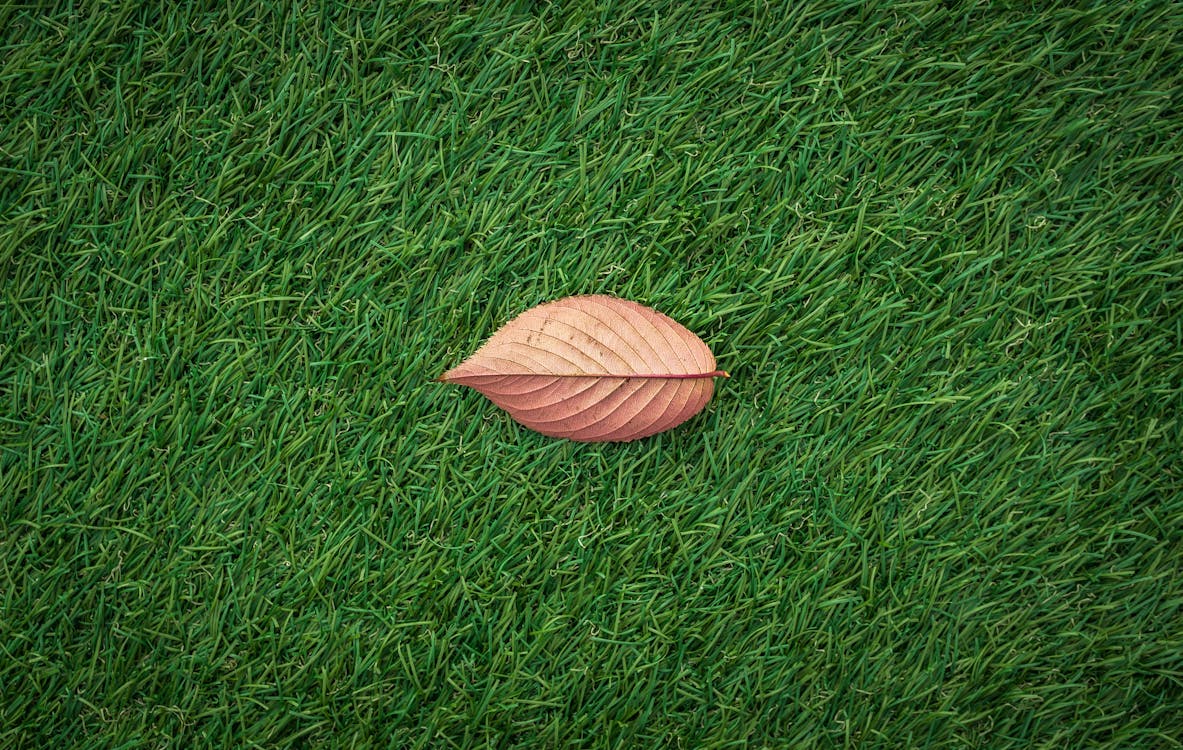How to nurture your lawn to achieve a picturesque backyard!
With the summer season ending, it’s easy to forget about our outdoor spaces, specifically the lawn. A well-maintained lawn can be a source of immense pride and enjoyment. It can provide a perfect setting for casual family get-togethers, serene morning coffees, or even ambitious garden parties.
My husband and I lived without a decent backyard for years due to the poorly maintained lawn we moved into. A newly built home, our yard was left with minimal topsoil and a mixture of clay and trash beneath it. And, coming from a rented house in the city, we had no idea about how to go about fixing it.
So, with that being said, how does one achieve that lush, green, magazine-worthy lawn? It’s easier and more achievable than you think!

Eight (+) Ways to Nurture your Lawn!
Identify and Remove Weeds.
Removing weeds is one of the most important steps to having a healthy and beautiful lawn. Weeds can be very difficult to eliminate, so starting early is best. Make sure you identify what kind of weeds you have in your yard by researching online or contacting an expert.
You can then take proper action based on the type of weed, whether that means frequent mowing, pulling them up manually, or using a herbicide. Although this can be daunting, it’s a crucial step to achieving a lush lawn because most of that weed is stopping your beautiful lawn from growing.
Choose the Right Grass Seed.
Choosing the right seed for your lawn can greatly affect its appearance and health. Consider the type of soil you have, how much shade or sun exposure it gets, and what type of climate you live in.
You should also consider factors like whether it’s a high-traffic area, as some grass seeds are more suitable for heavy foot traffic than others.
Water Your Lawn Regularly.
Once you’ve chosen the right grass seed, watering your lawn regularly is important. This will help keep the soil moist and encourage new growth.
The ideal time for watering is early morning when temperatures are cooler and less evaporation occurs. You should also avoid excessive watering, leading to waterlogged soil, bacteria buildup, and root rot.
Fertilize to Keep Your Lawn Healthy.
Regularly fertilizing your lawn will help it stay green and healthy throughout the summer. It’s important to choose a fertilizer suitable for your type of grass, as different types of grass require other nutrients to thrive.
You should also consider the current health of your lawn; if it’s already in good condition, you may need less fertilizer than you would for a neglected lawn.
Use Natural Pest Control Methods.
Pests can be a real problem for any lawn, so it’s important to take steps to keep them away. One great way to do this is to use natural pest control methods like companion planting and using beneficial insects. This can help keep your lawn healthy without the need for harsh chemicals. If you need help with choosing the proper pest control method, get in touch with professionals.
Mow Properly and Regularly.
Mowing is an essential part of lawn maintenance. You should mow regularly, as this helps the grass plants to grow thick and strong.
The ideal height for most grass types is two to three inches, so adjust the mower blades accordingly. You should also not scalp your lawn; the grass can become vulnerable to pests and diseases when cut too short.
Aerate Your Lawn.
Aeration helps improve soil health by increasing oxygen levels and allowing water and nutrients to get into the roots of the grass. You can do this easily by using a garden fork or aerator machine, and it’s best to aerate your lawn in the spring or fall when grass is actively growing.
Test and Adjust the Soil pH.
The soil’s pH level can have a major effect on how well your grass grows, so it’s important to test the soil’s pH and adjust as necessary. Most lawn grasses prefer a slightly acidic pH between 6.0 and 7.0.
You can buy an inexpensive test kit from any garden centre or online store to determine the pH of your soil. If the pH is too high or low, you can use a soil amendment to adjust it accordingly.
Take Advantage of Shade and Sun Exposure.
Your lawn’s sun and shade exposure will play a big role in its health and appearance. Sun-loving grasses like Bermuda require at least six hours of direct sunlight per day to thrive, while other types of grass may be able to tolerate more shade.
Try to position furniture and other elements in your yard for maximum sun exposure while providing enough shade to help keep the grass cool during hot summer days.
Have you any experience in maintaining your backyard?
Achieving a beautiful and healthy lawn requires work, but the results are worth the effort.
You can transform your backyard into a lush green oasis by identifying and eliminating weeds, choosing the right grass seeds for your environment, watering and fertilizing regularly, and practising effective mowing and aeration techniques.
Remember to consider the unique characteristics of your yard, such as its soil composition and sun exposure, to provide the best possible care for your lawn.


What an informative and helpful post! Thank you for sharing all of these tips! 🙂
We live in an apartment, so we don’t have a lawn to care for. This post is so helpful for those who do and need advice on maintaining their lawn!
Great tips for making the most of your backyard! I’d like to do a little more research into companion planting for natural pest control. I’m all about reducing the use of chemicals.